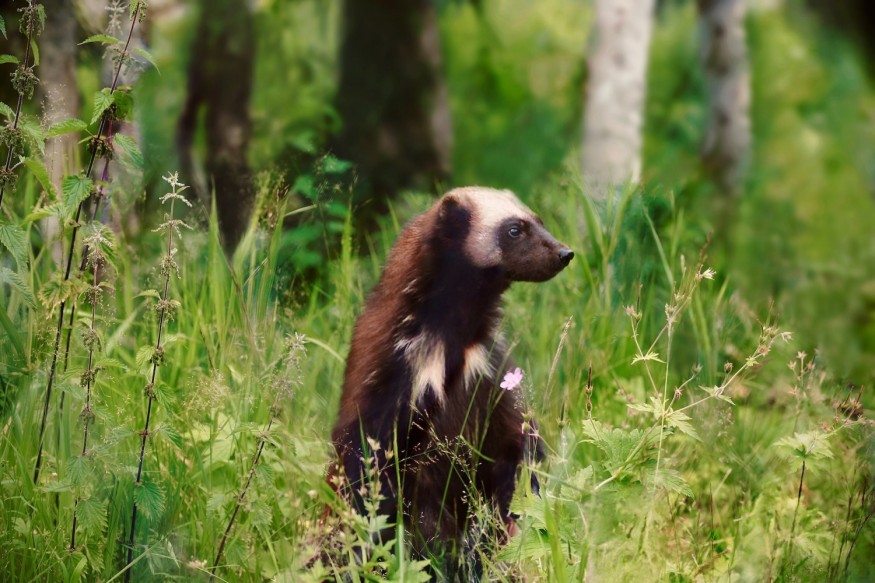The North American wolverine recently received a 'threatened species' status from wildlife authorities in the United States due to the impacts caused by climate change on the said wild animal. The announcement implies that the furry, carnivorous mammal will be protected under the Endangered Species Act (ESA).
The designation is also expected to boost conservation efforts toward the animal and even restrict human hunting against the species.
This is not the first time that wolverines were included in a threatened species list. Almost a decade ago, the U.S. Fish & Wildlife Service (FWS) removed the wolverines from the list, outraging conservationists who fought for the protection of the said animal, a story covered by Nature World News back in 2014.
Now, after nine years, the wildlife officials have reconsidered to re-enlist the distinct population segment of the North American wolverine in the Contiguous US.
North American Wolverine

During a press release on Wednesday, November 29, the FWS announced that the North American wolverine will receive federal protection since it is considered (once again) a threatened species and highlighted that the designation will cater for the wolverine's conservation needs. The wildlife service also issued an interim rule under ESA section 4(d) that will allow activities like research, trapping, and other forest management methods to ensure the conservation of the animals.
The US government agency's Pacific Regional Director, Hugh Morrison, stated that the ongoing and intensifying impacts of climate change alongside habitat degradation and fragmentation are threatening the North American wolverine. Morrison adds that the listing will help to address the long-term impact and improve the survival of wolverines in the mainland US.
Local wolverine populations can be found in remote areas in Idaho, Montana, Washington, and Wyoming. In recent years, there have also been recorded sightings of individual wolverines in California, Colorado, Oregon, and Utah. Scientists say that the snowy mountain natural habitats of North American wolverines are melted by climate change.
Threatened Species
Under the ESA, an animal or plant species' designation as either threatened or endangered depends on the risk of their extinction. In the past, some species were re-enlisted, removed, upgraded, or downgraded in the listing depending on the number of population and risks involved.
According to the National Oceanic and Atmospheric Administration (NOAA), the ESA defines an endangered species as any species that faces the danger of extinction in all or most parts of its habitat range. Meanwhile, threatened the ESA has defined species as any species that is likely to become an endangered species in the future, either to all or a significant part of its habitat range.
In previous years, some of the animals that have become endangered species because of climate change are the following:
- Polar bear
- Snow leopard
- Giant panda
- Tiger
- Monarch butterfly
- Green sea turtle
In addition to natural factors, human activities like hunting and land use that result in habitat loss are also significant elements that lead to the decimation of local animal populations in the wild.
Related Article: Wolverine Removed from Threatened Species List
© 2025 NatureWorldNews.com All rights reserved. Do not reproduce without permission.





